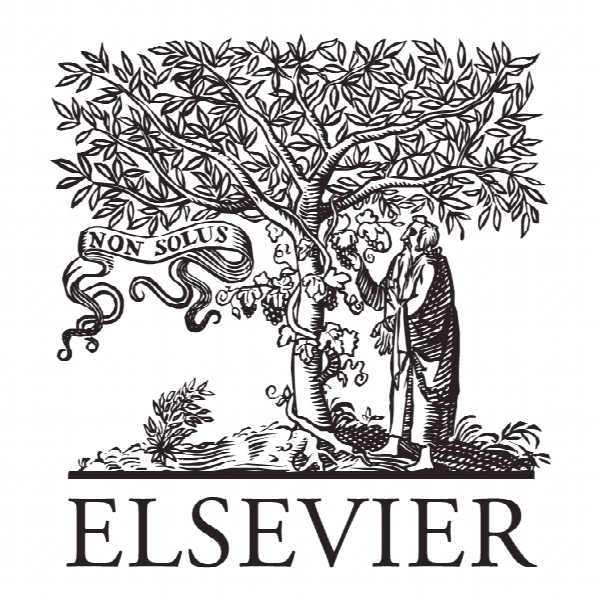خط مشی تجارت: تاثیر بازار خانگی در مقایسه با شرایط تجارت خارجی Trade policy: Home market effect versus terms-of-trade externality
- نوع فایل : کتاب
- زبان : انگلیسی
- ناشر : Elsevier
- چاپ و سال / کشور: 2017
توضیحات
رشته های مرتبط اقتصاد
گرایش های مرتبط اقتصاد پولی و اقتصاد مالی
مجله اقتصاد بین الملل – Journal of International Economics
دانشگاه Central European University, Budapest, Hungary
نشریه نشریه الزویر
گرایش های مرتبط اقتصاد پولی و اقتصاد مالی
مجله اقتصاد بین الملل – Journal of International Economics
دانشگاه Central European University, Budapest, Hungary
نشریه نشریه الزویر
Description
1. Introduction The aim of this paper is to study optimal trade policy in the canonical two-sector Krugman (1980) model, where one sector is characterized by monopolistic competition, increasing returns and iceberg trade costs, while the other features perfect competition and constant returns. Within this framework we allow for wage, import and export subsidies/ taxes. We study non-cooperative trade policies, first for each individual instrument and then for the case where all instruments are set simultaneously, and contrast those with the efficient allocation. The common wisdom of the literature1 (Venables, 1987; Helpman and Krugman, 1989; Ossa, 2011) is that in this model unilateral trade policy is set so as to agglomerate firms in the domestic economy in order to reduce transport costs. This reduces the domestic price index thereby increasing domestic welfare.2 According to the literature, this delocation motive (also called home market effect) provides a reason for protectionist and ultimately welfare detrimental unilateral trade policy in the Krugman (1980) model and, as argued by Ossa (2011), gives an alternative theoretical justification to the neoclassical termsof-trade externality explanation (Johnson, 1953–1954; Grossman and Helpman, 1995; Bagwell and Staiger, 1999) as to why countries need to sign trade agreements. Similarly, the same mechanism also provides a theoretical justification for the World Trade Organization (WTO)’s limitation of production and export subsidies,3 which cannot be explained within the neoclassical framework.4 By considering a situation where countries can simultaneously choose all three policy instruments (wage, import and export taxes), we contribute to the literature in three ways. First, we show that in this more general setting there are four motives behind noncooperative trade policies: the correction of monopolistic distortions,5 the terms-of-trade manipulation, the delocation motive for protection,and the fiscal-burden-shifting motive. The last motive arises when countries use wage subsidies in order to correct for the monopolistic distortions. When this is the case, there is an incentive to relocate firms to the foreign economy, so as to shift the fiscal burden of the subsidy to the other country. Second, and most importantly, we show that the Nash equilibrium is characterized by the first-best level of wage subsidies, and inefficient import subsidies and export taxes. This result has several implications. It shows that, in contrast to the previous literature, the delocation motive for protection is not the dominating motive for strategic trade policy in the Krugman (1980) model once a sufficient number of policy instruments are available. This is so because countries choose to subsidize imports and tax exports with the intention to relocate firms to the other economy. It also shows that when all three policy instruments are available, the Krugman (1980) model cannot rationalize why countries would set import tariffs and export subsidies in the absence of trade agreements. Finally, following Bagwell and Staiger (1999, 2009), we consider which international externalities countries try to remedy by signing trade agreements. We do so by looking at the politically optimal policy, which is defined as the one that noncooperative policymakers would choose if they did not try to manipulate their terms of trade. We find that the politically optimal policy is still distortive. This implies that, differently from Bagwell and Staiger (2009) – who consider simultaneous choice of import and export taxes in the Krugman (1980) model – terms-of-trade externalities are not the only source of inefficiencies which trade agreements try to solve. Instead, the fiscal-burden-shifting motive – which leads to import subsidies and export taxes – is an additional externality that can be eliminated with international trade agreements. Similarly to Bagwell and Staiger (2009), we also find that the delocation motive is not an externality which needs to be corrected by international trade agreements, when all three policy instruments are available.


